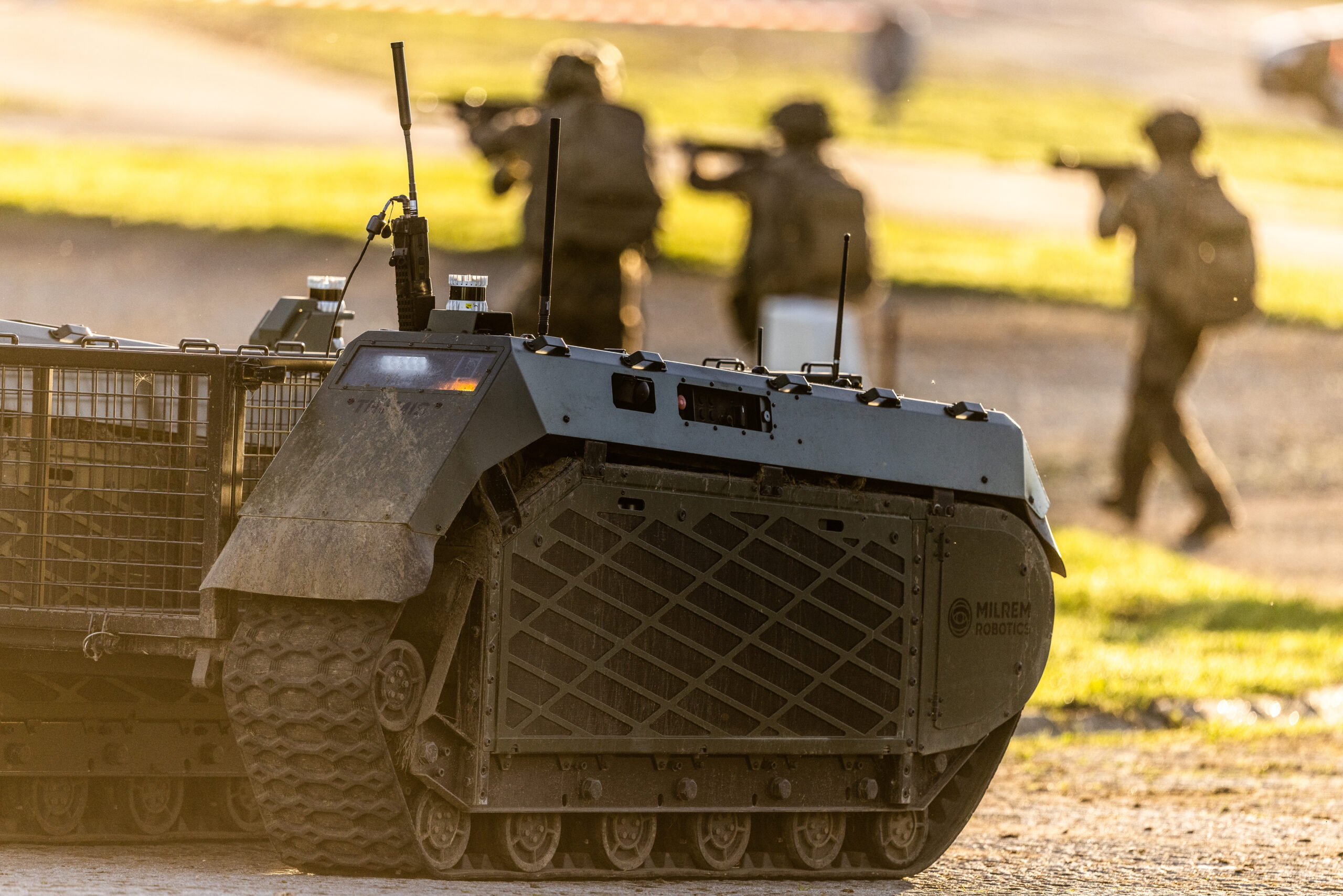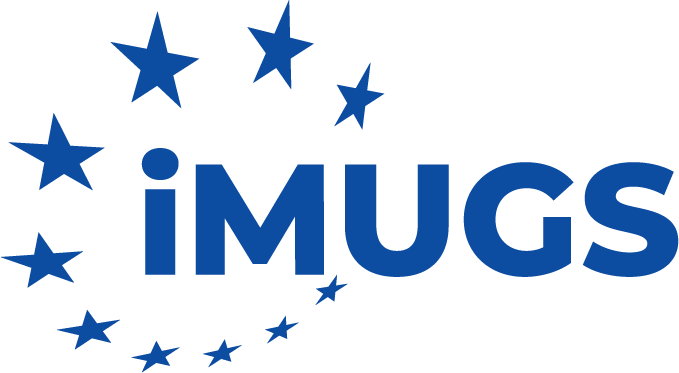
Results of the first Imugs project
iMUGS enabled the European defence industry to make important advances in new disruptive capabilities and advancements in modular and scalable architecture, addressing a large range of non-lethal missions for hybrid manned-unmanned systems. Consortium effort included advancement in multiple domains:
autonomous functionalities
Modular and cyber secure, multi-company software architecture scoping in industrial synergy and descoping redundancies. Developing cutting-edge algorithms and a complete and modular autonomous navigation stack. Integrating autonomous functionality with command and control enhances navigational and mission-level autonomy.
systems integration
Standards-based integration of heterogeneous technologies; open, modular, scalable, and interoperable system architecture encompassing operational safety and cyber security. Advancement in operational assessment and concept definitions for operator-centric functionality.
cyber security
Enhanced cyber defence systems and GNSS security algorithms capable of autonomously detecting a compromise or an attack against onboard components, other entities in the same communication network, components compromised in the supply chain or attempts with physical exploitation.
COMMUNICATIONS
Secure and scalable multiple-channel network communications capable of deploying commercial and tactical mesh network technologies seamlessly routed over multiple channels, including advancement with resiliency due to vehicle-to-vehicle (V2V) and EW support capabilities.
Swarming
Designed and implemented an architecture for swarming capable of addressing multiobjective problems and missions in near real-time with the virtual world for multi-agent path planning. 3D simulation environment for developing and analysing swarming logic with online map data and machine learning techniques.
COMMAND, CONTROL AND INTEROPERABILITY
Communication and interoperability with networks and C2 external systems, ISR networks, different protocols and standards. Interoperability and control for different payloads, autonomy and swarming -missions and reconfigurable land and air vehicle control, user C2, interface definition and prototyping. Implementation of two interoperability protocols with existing C4ISR systems.
MANNED-UNMANNED TEAMING
Simulation and supporting infrastructure for manned-unmanned teaming. Integration of unmanned systems into existing virtual and constructive simulation. Integration of control stations, transportation means and C2 equipment for UGV and UAV to manned vehicles; transport and deployment with mechanized infantry.
IMPACT ON THE EU
- Demonstrated the potential of multiple techniques for unmanned systems in military environments, paving the way for wider adoption and use.
- Increased the efficiency and effectiveness of EU military operations through improved coordination of multiple assets and enhanced collaboration between humans and unmanned systems.
- Improved situational awareness, leading to faster and more accurate decision-making for increased mission success rates and increased overall safety of military operations.
- Improved ability to respond to emerging military threats and challenges.
- Improved competitiveness of the EU in the field of autonomous multi-agent systems, with an enhanced reputation for innovation and expertise in this field.
